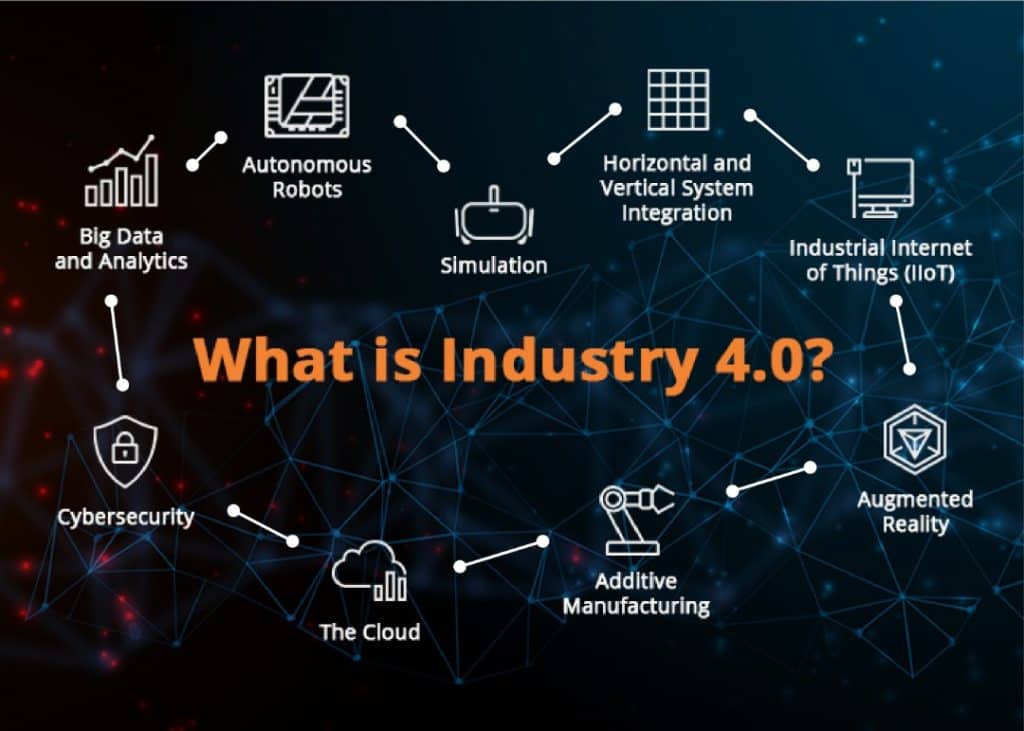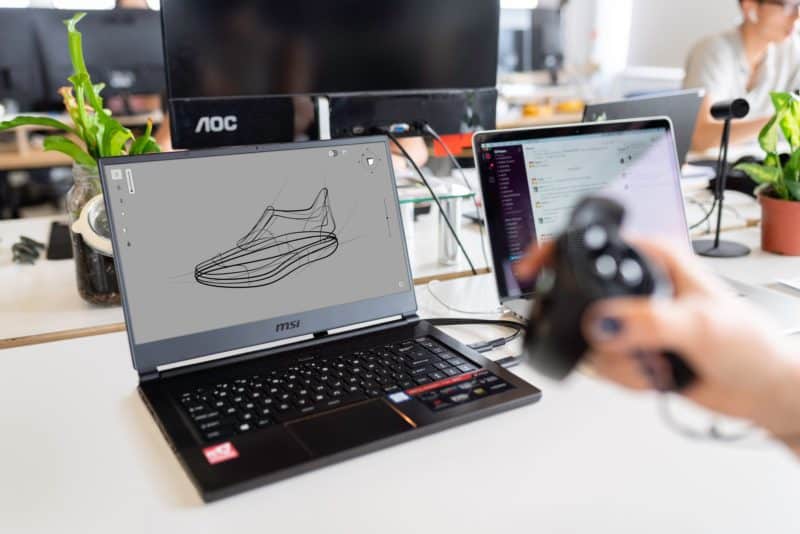What is Industry 4.0? Here’s Everything You Need to Know
What is Industry 4.0? Industry 4.0, often mistaken for a term straight out of a science fiction narrative, is in...

What is Industry 4.0?
Industry 4.0, often mistaken for a term straight out of a science fiction narrative, is in reality the moniker given to the fourth industrial revolution. This revolution marks a significant transformation in the manufacturing sector, driven by technological advancements.
Historically, the world has witnessed three major industrial revolutions, each reshaping the manufacturing landscape.
The first revolution began in 18th century Britain with the advent of mechanization.
The second revolution, in the early 20th century, introduced enhanced manufacturing processes and assembly lines.
The digital era ushered in the third revolution during the 1960s.
Industry 4.0 emerged in the 2010s, powered by advancements in computing power and connectivity, including the pivotal role of smartphones and wireless technology in fostering device interconnectivity.

At its core, Industry 4.0 is synonymous with smart manufacturing, leveraging the Internet of Things (IoT) to streamline and simplify production processes.
The Nine Pillars of Industry 4.0
Industry 4.0 stands on nine technological pillars that drive modern manufacturing:
- Big Data and Analytics: Utilizing data analysis to optimize productivity and achieve various objectives.
- Autonomous Robots: Robots that operate independently, leading to the emergence of “dark factories” where human supervision is minimal.
- Simulations: Employing software to model complex processes and designs.
- Horizontal and Vertical System Integration: Enhancing company cohesion through integrated data networks and facilitating cross-company collaboration.
- Industrial Internet of Things (IIoT): Embedding computing to enable decentralized device communication.
- Cybersecurity: Bolstering security measures to protect against increased connectivity risks.
- The Cloud: Facilitating data sharing and interconnectivity through cloud technology.
- Additive Manufacturing: Integrating 3D printing into design processes for rapid prototyping and lightweight construction.
- Augmented Reality (AR): Utilizing AR for tasks like part selection in warehouses and design visualization, with potential for future expansion.

Fundamental Principles of Industry 4.0
Industry 4.0 is defined by four foundational principles:
- Interconnection: Seamless communication between technology and humans within a smart ecosystem.
- Information Transparency: Utilizing data for innovation, improvement, and problem-solving.
- Technical Assistance: Leveraging computing and simulation tools for visualization and physical task automation.
- Decentralized Decisions: Enabling cyber-physical systems to autonomously make decisions, except in cases of errors or conflicts.

Implementing Industry 4.0
The implementation of Industry 4.0 technologies involves a range of software and tools designed for smart manufacturing:
- Simulators for design and planning.
- Visualisation software like Vuforia Studio and ANSYS for prototype development and simulation testing.
- ERP (Enterprise Resource Planning) and APS (Advanced Production Scheduling) software for production management.
- IoT applications such as ThingWorx IIoT and KepWare for device connectivity and data analysis.
- Additionally, cloud storage, real-time data processing, and Cyber-Physical Systems (CPS) play crucial roles in enhancing manufacturing processes.
Conclusion
Industry 4.0 signifies a paradigm shift in manufacturing, emphasizing the importance of IoT, analytics, and connectivity for staying competitive. The integration of smart manufacturing technologies into production processes is not just an option but a necessity for businesses aiming to thrive in this new era.
As we delve deeper into the revolution, exploring and adopting the leading software and technologies in 3D modeling, IoT, AR, and simulation becomes imperative for future success.
Explore More Content
Table of Content

